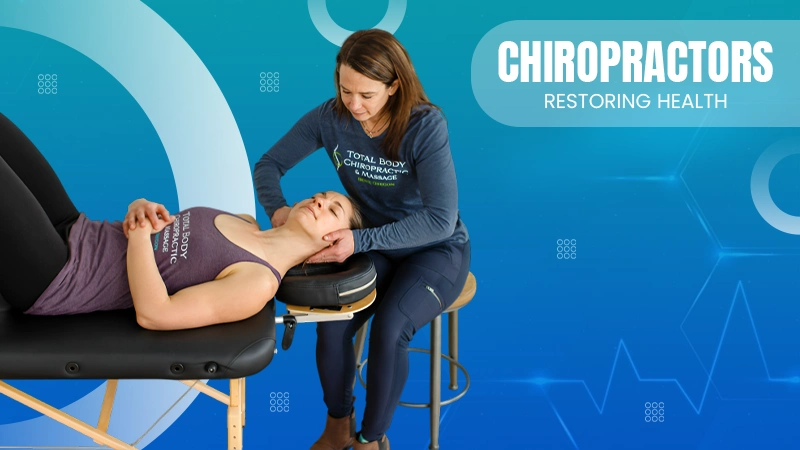Healthcare providers are important for keeping patients well. One of the challenges, however, is meeting patient demand and doing it without increasing costs. With new advances in technology and better processes than in previous years, more patients can get the care they need without spending more. From streamlining the backend of their practice, to boosting patient communication, there are plenty of ways to give better access to care without high costs. Here, we take a look at what healthcare providers can do.

Make Appointment Setting Easy
Sometimes patients need to schedule a visit when it’s convenient for them. If all your practice offers is the option to call in for an appointment, some of your patients may not get the care they need. Offering multiple options including using an app for booking doctors appointments can simplify access for patients. You can use flexible time slots, automated reminders, and even allow easy rescheduling to keep it simple for them and your office staff. Using an app as part of your healthcare administration is a smart move that can save your office money and keep patients happy and healthy.
Offer Telehealth Options
More and more doctors and healthcare professionals are recognizing the need to provide simple care in multiple different contexts. Some medical providers are offering home visits reminiscent of old-school traveling doctors. Others offer quick visits for simple check-ups, sick care, and other straightforward healthcare needs.
The rise of telehealth platforms offer doctors the opportunity to check on patients without making them come to the office. These are great for prescription renewals, minor concerns, and for getting started on checkups that will require lab work and an in-person follow-up. It’s a great solution that addresses multiple modern challenges including access in rural areas and long wait times in doctors offices.
Create Better Patient Education
When people think of doctors offices, they may think of rushed visits without enough time to listen to individual patient concerns and educate them best. Health professionals can mitigate this challenge by offering clear patient education to improve engagement with their care plan. Giving patients a handout that has detailed instructions can be helpful at the end of each appointment.
Offer e-learning opportunities for patients when they get a new diagnosis. This can help them learn all about their disease. You can give them personalized care plans and instructions and offer appointments to go over questions after the e-learning classes have been completed. You might even offer seminars and group classes for patients to learn general health practices as well.
Streamline Administration Tasks
Another way to improve patient access to care is to lower the administrative burden. There are a lot of ways to streamline administration so you can do more direct patient care. You can put paperwork online, but still offer paper copies in the office. You can use a secure portal where patients can upload their insurance and IDs before they ever step in your building.
You can utilize the same forms in all different departments. Plus, there are systems now that can automate approvals from insurance companies to reduce your time spent getting payments. These systems also make it so that there are fewer redundancies and all medical records are securely stored in the same spot.
Train Staff Effectively
Staff members can also help create better efficiencies in medical settings and reduce costs. These cost savings can keep healthcare expenses low for patients which is a win. Make sure each team member is fully trained on their jobs. Utilize e-learning to implement training and create a database for SOPs.
Make sure each person understands the business priorities from day to day. You can also cross train each person in at least one other role so that when there are shortages, these staff members can step in.
Partner With Community Organizations
Every town and city has a demographic that’s underserved. When healthcare facilities work alongside non-profits to bridge gaps in healthcare delivery, it helps more people access critical care. Some doctors donate time once a month to open clinics in partnership with these organizations. Others offer educational resources that they can share with their constituents. All of these strategies help to improve community access without raising costs.








